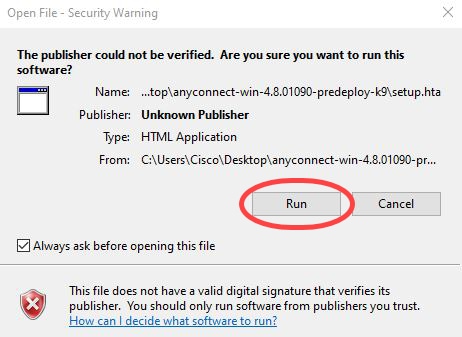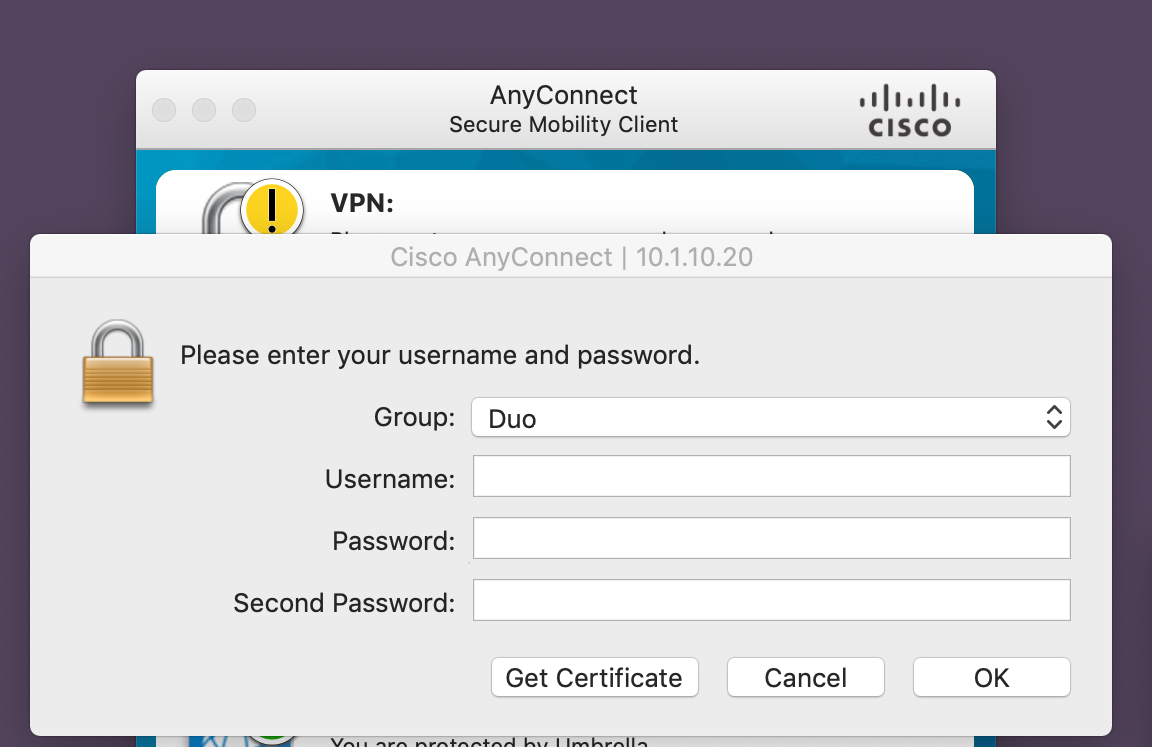º Web Installation Method (Windows Operating System Only) If you would like to perform the web installation method click here to download the install guide for the Cisco AnyConnect Secure Mobility VPN client. Make sure you follow each of the steps as described in the installation instructions.
- Cisco Anyconnect Vpn Client Download Windows 7 32 Bit
- Cisco Anyconnect Secure Mobility Client Download Windows Server 2012
- Game Client Download
Overview

Stanford's VPN allows you to connect to Stanford's network as if you were on campus, making access to restricted services possible. To connect to the VPN from your Windows computer you need to install the Cisco AnyConnect VPN client.
- When autocomplete results are available use up and down arrows to review and enter to select.
- º Web Installation Method (Windows Operating System Only) If you would like to perform the web installation method click here to download the install guide for the Cisco AnyConnect Secure Mobility VPN client.
- Where can you run Cisco AnyConnect? Cisco AnyConnect Secure Mobility Client is available for multiple operating systems and versions. For instance, you can use the tool on Windows 7, Windows 8, Windows 10, Mac OS, and Linux. Even when you’re away from your personal PC, you can continue using AnyConnect on different devices.
Two types of VPN are available:
- Default Stanford (split-tunnel). When using Stanford's VPN from home, we generally recommend using the Default Stanford split-tunnel VPN. This routes and encrypts all traffic going to Stanford sites and systems through the Stanford network as if you were on campus. All non-Stanford traffic proceeds to its destination directly.
- Full Traffic (non-split-tunnel). This encrypts all internet traffic from your computer but may inadvertently block you from using resources on your local network, such as a networked printer at home. If you are traveling or using wi-fi in an untrusted location like a coffee shop or hotel, you may wish to encrypt all of your internet traffic through the Full Traffic non-split-tunnel VPN to provide an additional layer of security.
You can select the type of VPN you want to use each time you connect to the Stanford Public VPN.
Install the VPN client
- Download the Cisco AnyConnect VPN for Windows installer.
- Double-click the InstallAnyConnect.exe file.
- When a message saying the Cisco AnyConnect client has been installed, click OK.
Cisco Anyconnect Vpn Client Download Windows 7 32 Bit
Connect to the Stanford VPN
Cisco Anyconnect Secure Mobility Client Download Windows Server 2012


- Launch the Cisco AnyConnect Secure Mobility Client client.
If you don't see Cisco AnyConnect Secure Mobility Client in the list of programs, navigate to Cisco > Cisco AnyConnect Secure Mobility Client. - When prompted for a VPN, enter su-vpn.stanford.edu and then click Connect.
- Enter the following information and then click OK:
- Group: select Default Stanford split- tunnel (non-Stanford traffic flows normally on an unencrypted internet connection) or Full Traffic non-split-tunnel (all internet traffic flows through the VPN connection)
- Username: your SUNet ID
- Password: your SUNet ID password
- Next, the prompt for two-step authentication displays. Enter a passcode or enter the number that corresponds to another option(in this example, enter 1 to authenticate using Duo Push to an iPad). Then click Continue.
- You may have to scroll down the list to see all of your options.
- If your only registered authentication method is printed list, hardware token, or Google Authenticator, the menu does not display. Enter a passcode in the Answer field and click Continue.
- Click Accept to connect to the Stanford Public VPN service.
- Once the VPN connection is established, a message displays in the lower-right corner of your screen, informing you that you are now connected to the VPN.
Disconnect from the Stanford VPN
Game Client Download
- In the notification area, click the Cisco AnyConnect icon if it is displayed. Otherwise, go to your list of programs and click Cisco AnyConnect Secure Mobility Client.
- At the prompt, click Disconnect.
